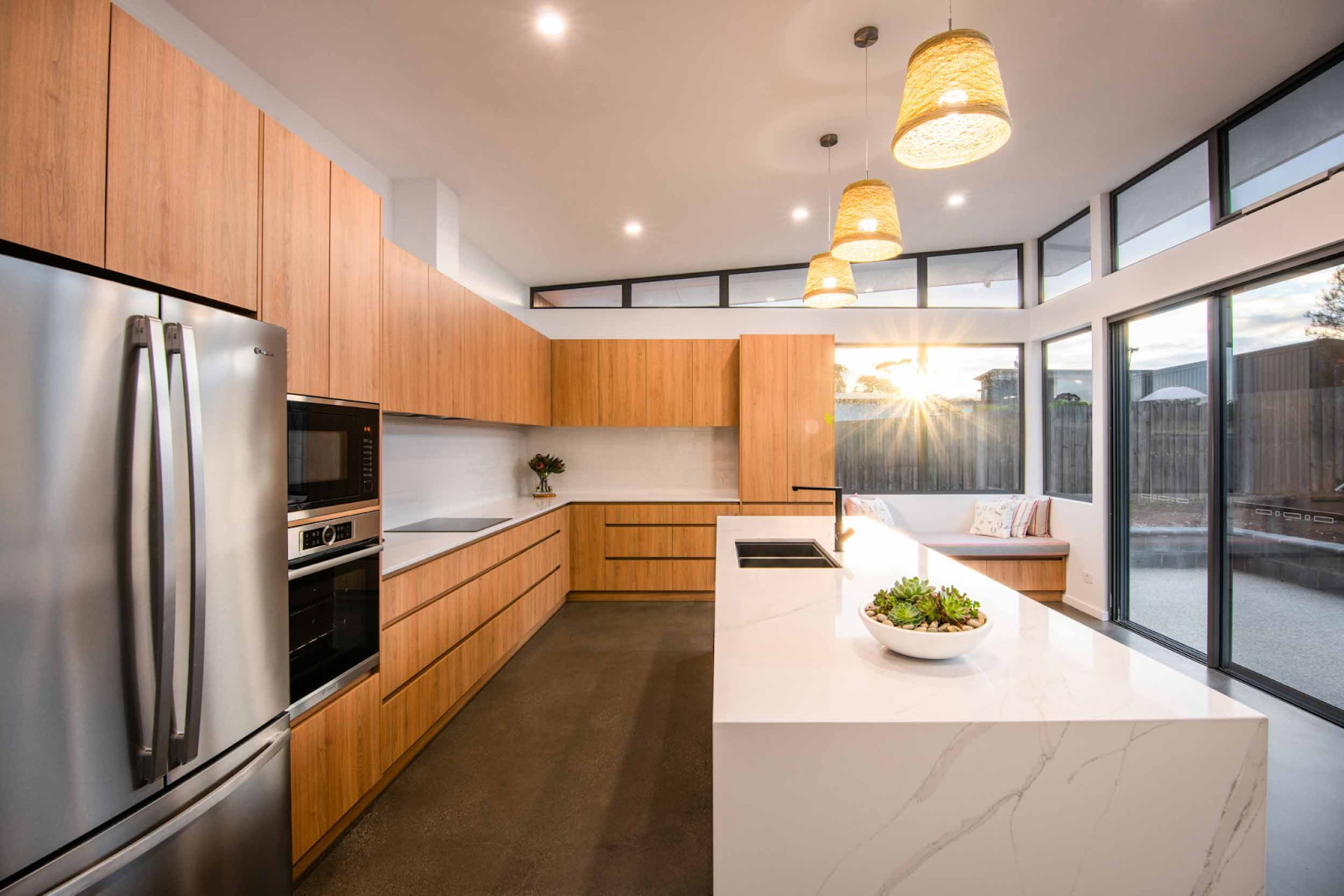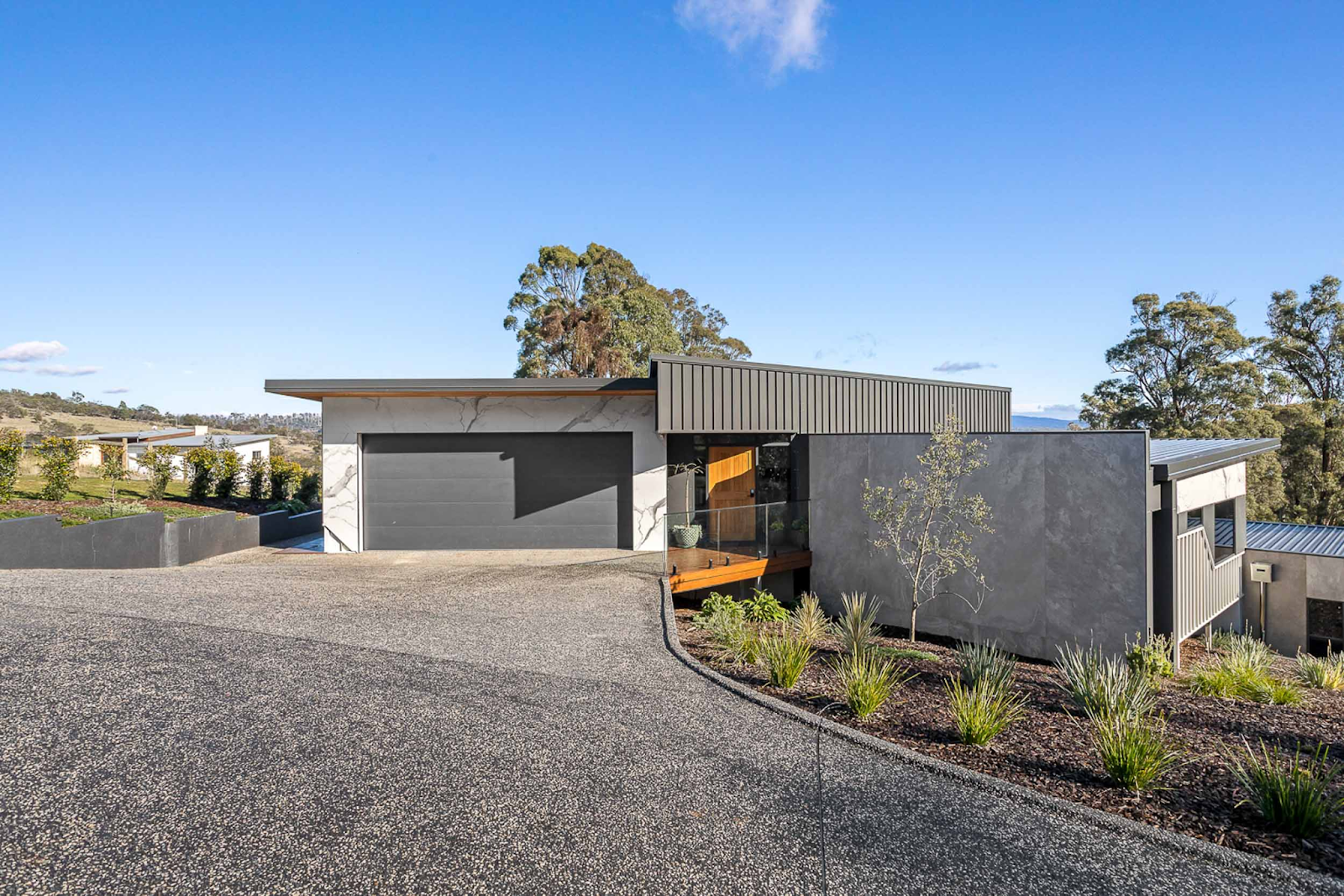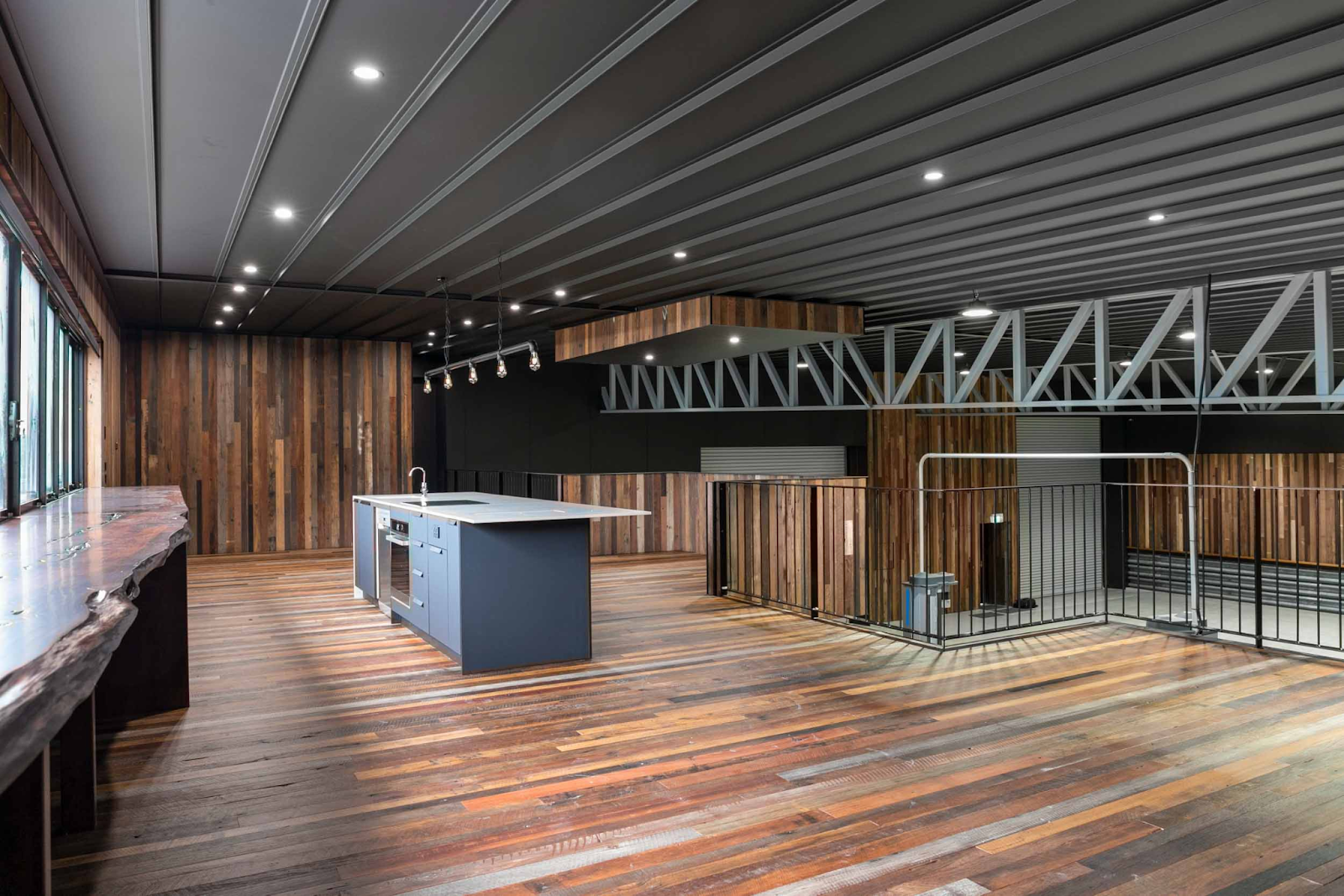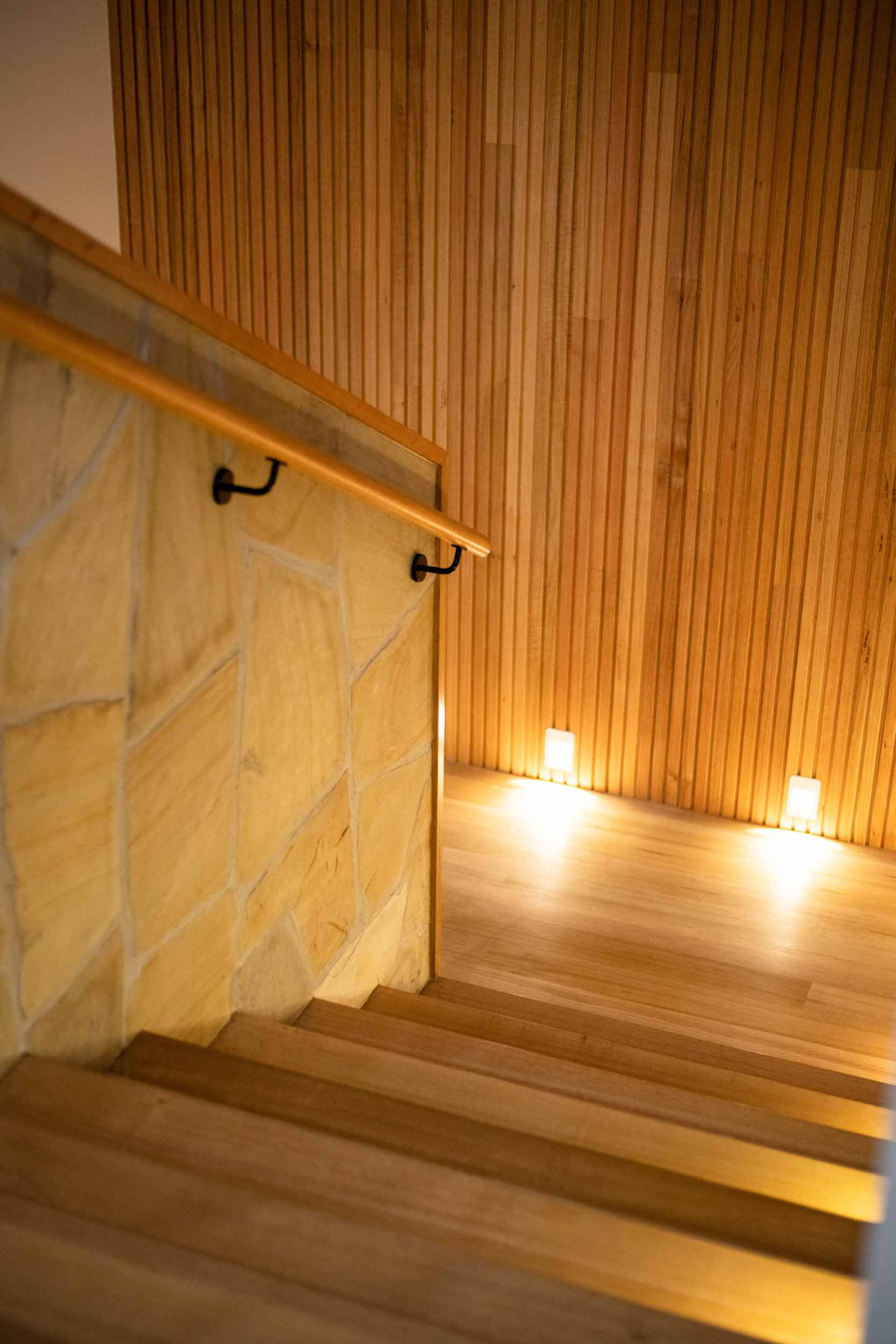Sustainable Architecture
Creating a More Efficient, Eco-Friendly Built Environment
At Starbox Architecture, we’re committed to building sustainable architecture principles into our practice. Our guiding principles are focused on energy efficiency, reduced carbon emissions and waste reduction throughout a building’s lifetime. We create spaces that embody sustainable design. Architecture has a role to play in tackling critical environmental challenges like climate change, given the proportion of global greenhouse gas emissions involved in the construction and operation of buildings.
The role of a sustainable architect in this is to address environmental design at each stage; from the initial site analysis, throughout the CAD design process and the selection of sustainable materials. Architecture done this way benefits both people and the planet. When applied within our practice with its well-developed focus on human-centred spaces, it produces buildings that harmonise with the surrounding environment, enriching their inhabitants in many ways.
Let’s take a closer look at the eco-friendly architecture principles and how we’ve applied them across residential and commercial projects.
Energy Efficiency: The Heart of a Sustainable Building
A primary goal of green architecture is to minimise a building’s ongoing energy consumption through intelligent design decisions, as well as modern technologies and materials.
Applying Passive Systems in Sustainable Architecture Designs
Heating and cooling account for nearly half of the energy used for both residential and commercial buildings, making it the single largest component of energy demand. There are several passive design methods that leading sustainable architecture firms like ours frequently use to regulate temperature naturally while reducing environmental impact.
Orientation
The orientation of a building is one of the most effective and cost-efficient levers for improving energy performance. A northern orientation for primary living spaces, paired with strategically placed windows, allows homes to maximise passive solar gain during the colder months (especially important in temperate climates). This reduces the need for artificial heating and lighting, especially when combined with open designs and translucent materials to optimise daylight transmission.

Case Study – The Beach Shack
This modern coastal holiday home, known as The Beach Shack, is found on a generous north-facing site in Tasmania’s north coast. It is designed to optimise orientation from day one. Large-format double-glazed windows along the north and eastern façades harnessed the low winter sun, warming the concrete slab below while naturally lighting the living zones.
Ventilation
Cross-ventilation is another cornerstone of passive design. Integrating windows, doors and louvres in alignment with prevailing breezes enhances indoor air quality and comfort without mechanical assistance. Operable windows on opposite sides of a space, along with clerestory openings or vented ridgelines, allow hot air to escape and cool air to flow through.
Thermal Mass
Thermal mass refers to a material’s ability to absorb, store and slowly release heat. High-density materials like concrete, masonry or stone are particularly effective when paired with passive solar strategies. They help regulate internal temperatures by absorbing warmth during the day and releasing it during cooler evenings.

Case Study – The Beach Shack
The polished concrete floor in the main living areas doubled as a key design element and a passive heating solution. Acting as a thermal battery, it smoothed temperature fluctuations throughout the day, reducing reliance on active heating and aligning with the home’s sustainability objectives.
This build incorporated high-performance double-glazed windows to achieve a highly efficient building envelope. Limiting thermal transfer through the double-glazed layer minimises winter heat loss to keep things warm and cosy. Conversely, during summer, the same insulating gap works to prevent the living space from overheating. This significantly reduces the reliance on air conditioning, helping to maintain a cooler and more stable indoor temperature year-round.
Solar Shading
While solar access is essential in winter, overexposure can be a problem in summer. Effective shading strategies include integrating deep eaves and pergolas as well as vertical fins or adjustable screens, tailored to the building’s latitude and function. These passive shading elements prevent overheating, reduce glare and protect underlying external materials from UV damage.

Case Study – The Benchtop House
Located on a steep scrubby slope, The Benchtop House used its tiered layout and roof overhangs to comply with building regulations related to the site being bushfire-prone, and to manage solar exposure across the seasons. The articulated design maximised views and morning light while shielding interiors from harsh afternoon sun.
Minimum Energy Efficiency Standards for New Builds
New homes in Victoria must meet a 7-Star NatHERS rating. Tasmania requires 6 Stars, but is expected to adopt the 7-Star standard in 2025. NatHERS (Nationwide House Energy Rating Scheme) rates a design's heating and cooling needs; a higher rating means lower energy use and improved comfort.
A 7-Star home typically features:
• High-performance insulation and an airtight building envelope
• Double-glazed windows
• Smart orientation and passive solar shading
New builds must also pass a NatHERS 'Whole of Home' assessment, which rates the energy performance of appliances, hot water systems, and on-site renewable energy sources such as solar panels.
Choosing the Right Building Materials for Green Buildings
According to the United Nations Environment Programme (UNEP), construction-related activities account for nearly 40% of global greenhouse gas emissions. Of that total, nearly a quarter is composed of embodied carbon emissions: the total C02 equivalent produced in extracting, transporting and processing the materials throughout their lifetime.
By prioritising locally sourced or recycled materials throughout the construction process, eco design architects can reduce environmental impact while maintaining durability and performance. This means less maintenance over time, reducing resource consumption.
Locally Sourced and Recycled Materials
Preferencing materials produced as close as possible to the building site reduces the environmental cost of transportation and supports regional industries. Recycled and repurposed materials also decrease demand on raw resources, helping to ‘close the loop’ in construction.

Case Study – The Garage
This commercial reworking of an industrial shed, known as The Garage, featured recycled hardwood panelling on the floors and walls. This bypassed the need for newly logged timber while delivering a rustic warmth and necessary acoustic control.
Embracing Natural and Renewable Products
Natural materials like sustainably harvested timber or untreated stone provide warmth and tactile appeal while minimising off-gassing: the release of gases, chemicals and volatile organic compounds (VOCs) seen with some engineered building materials and finishes. When responsibly sourced, these materials are renewable and biodegradable at the end of their life cycle.

Case Study – The Char House
Inspired by its surrounding environment, this new residential build, called The Char House, explored natural material expression by integrating Tasmanian oak for internal linings and joinery, paired with rugged sandstone exteriors. The palette not only responded to the client’s brief for a home inspired by nature, but also improved indoor air quality by avoiding synthetic finishes.
New Technologies, Better Performance
Innovations such as cross-laminated timber (CLT), low-carbon concrete alternatives and high-performance glazing systems are reshaping the possibilities of sustainable construction. These materials can reduce embodied carbon and improve insulation, delivering improved function without detracting from aesthetic form.
The Carbon Neutral Formula: Factoring in Embodied and Operational Carbon
Assessing a project’s total carbon lifecycle is useful for understanding its overall carbon footprint. This approach divides emissions into two categories:
• Operational Carbon, which is generated through energy required to heat, cool and light the building, and;
• Embodied Carbon, which includes all emissions created during the sourcing, manufacturing, and transport of the new materials used in construction. Addressing both is essential to reducing a project’s total footprint.
Many materials commonly installed in sustainable homes, such as concrete or double-glazed windows, require considerable energy to manufacture. This contributes to a building's embodied carbon. However, this upfront investment is repaid over the building’s life through improved efficiency and associated emission reductions.
Solar panels are unique in this respect. While they also have a significant embodied carbon cost, their payoff is different: they actively produce renewable energy. This not only offsets its pre-installation emissions, but can transform a home into a "prosumer": a net exporter of clean energy to the local grid.
What is Sustainable Architecture & Other FAQs
Does sustainable design increase construction costs?
While some modern technologies like rooftop solar can have a higher upfront cost, a smart, sustainable design does not necessarily increase overall building budgets. Core principles like orienting a building for natural light and ventilation are cost-neutral. Furthermore, the long-term savings from lower energy bills and the use of durable building materials that require less maintenance often provide a significant return on investment.
What is sustainable design in architecture all about?
At its heart, it is a holistic design philosophy. To be considered sustainable, a project must balance energy efficiency, responsible material selection, and minimal environmental impact. It's about creating durable, high-performance buildings that reduce resource consumption and work in harmony with their environment.
What are the benefits of rainwater harvesting systems in Tasmania and Victoria?
In both states, collecting roof runoff is invaluable for managing water resources, especially in drought-prone areas facing water restrictions. In Victoria, drought-prone regions include the Wimmera, Mallee, and parts of East Gippsland. Similarly, in Tasmania, the East Coast and Midlands are significantly drier than other parts of the state.
Systems like household rainwater tanks reduce mains water consumption, providing a crucial buffer during dry periods and lowering utility bills. This approach also eases pressure on public water infrastructure in growing regional centres and cities.
How does sustainable design support human health?
By maximising natural light, ensuring clean air through better ventilation, and using natural, non-toxic materials with low VOCs, sustainable design creates healthier indoor environments that support physical and mental wellbeing.
Is this relevant only for residential design?
Not at all. Sustainable architecture principles apply equally to commercial buildings, like office structures or warehouses. Whether it’s a multi-storey development or a warehouse fitout, our approach adapts to the scale, context and intended use of each project.
Let’s Build a Better Future
Sustainable architecture is a commitment to a better future; one that uses innovation and responsible design principles to enhance human and environmental well-being. It’s a framework that unites energy efficiency, low-carbon materials and a responsive design philosophy that prioritises community, climate and geographical context.
The end results are not just green buildings. They are resilient, valuable structures that perform for decades to come. If you’re interested in creating your own sustainable, efficient and human-centred space, reach out to our team and contact us to discuss your project.

Let’s explore your idea
Looking for the right architecture firm in Hobart for your project? Our architectural practice has studios across Tasmania and in Melbourne.
Arrange a meeting, connect with our team, or contact us directly to discuss your project. We’re happy to engage with various stakeholders, present multiple options, and provide any education you need to proceed with confidence.


